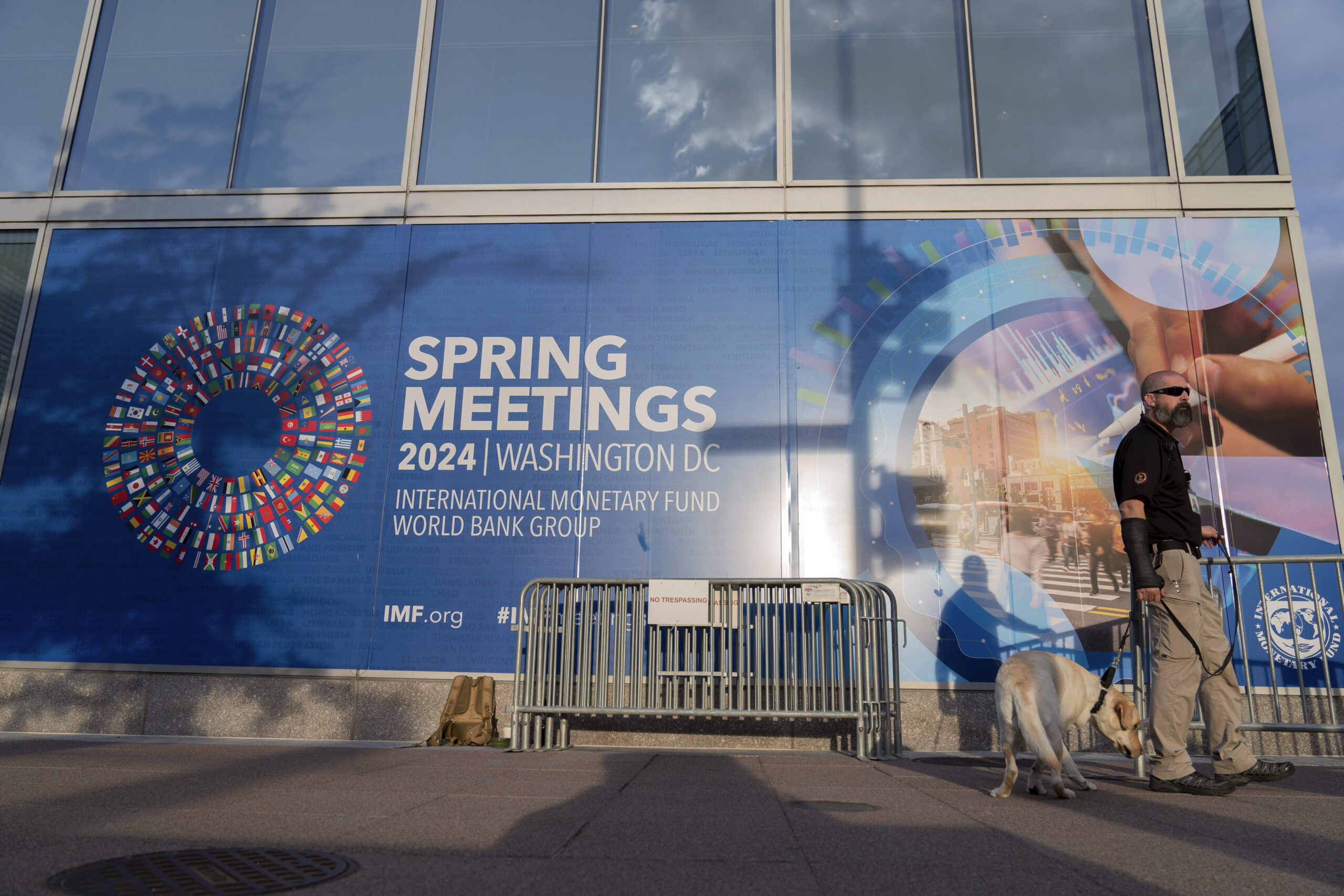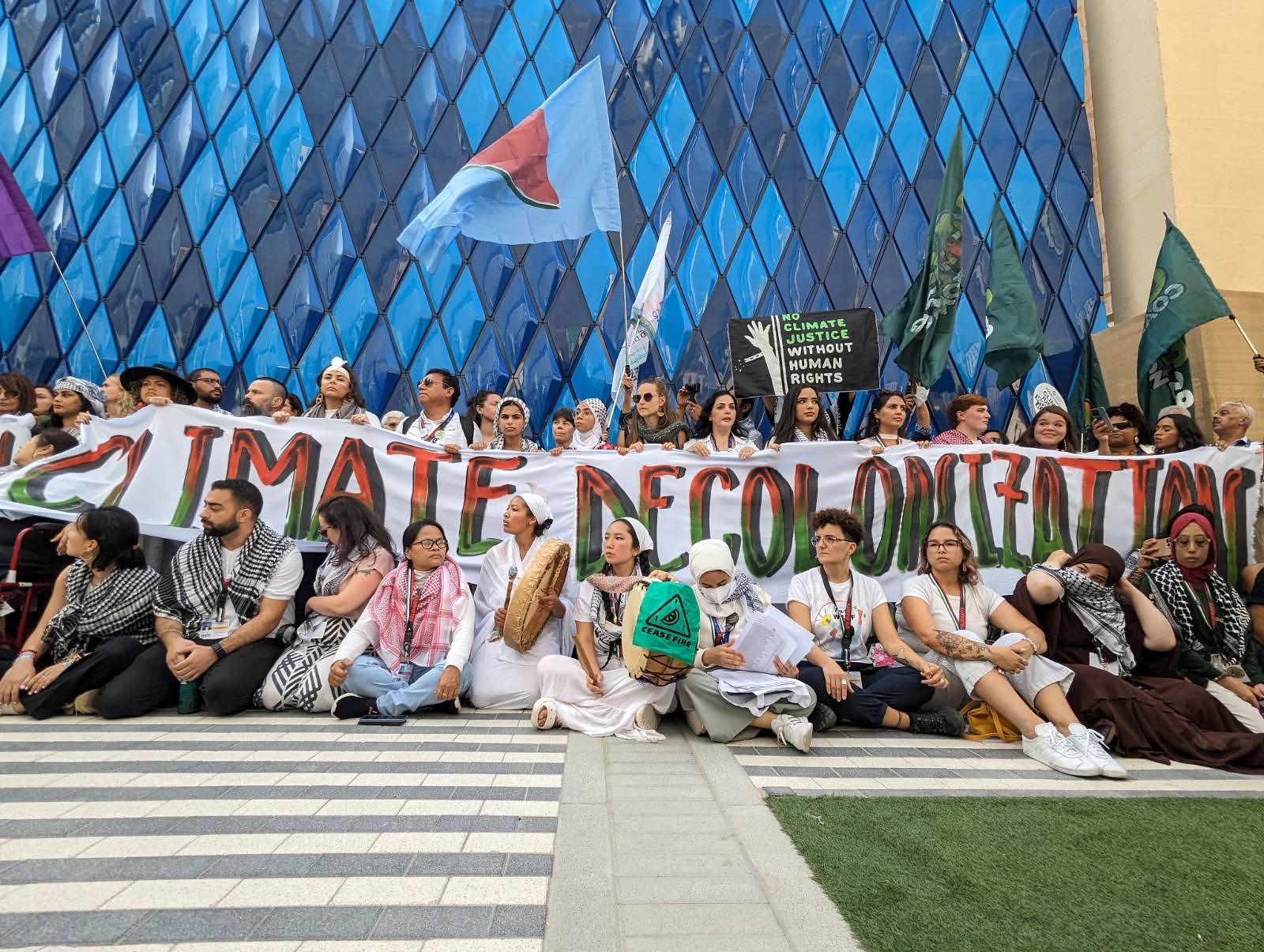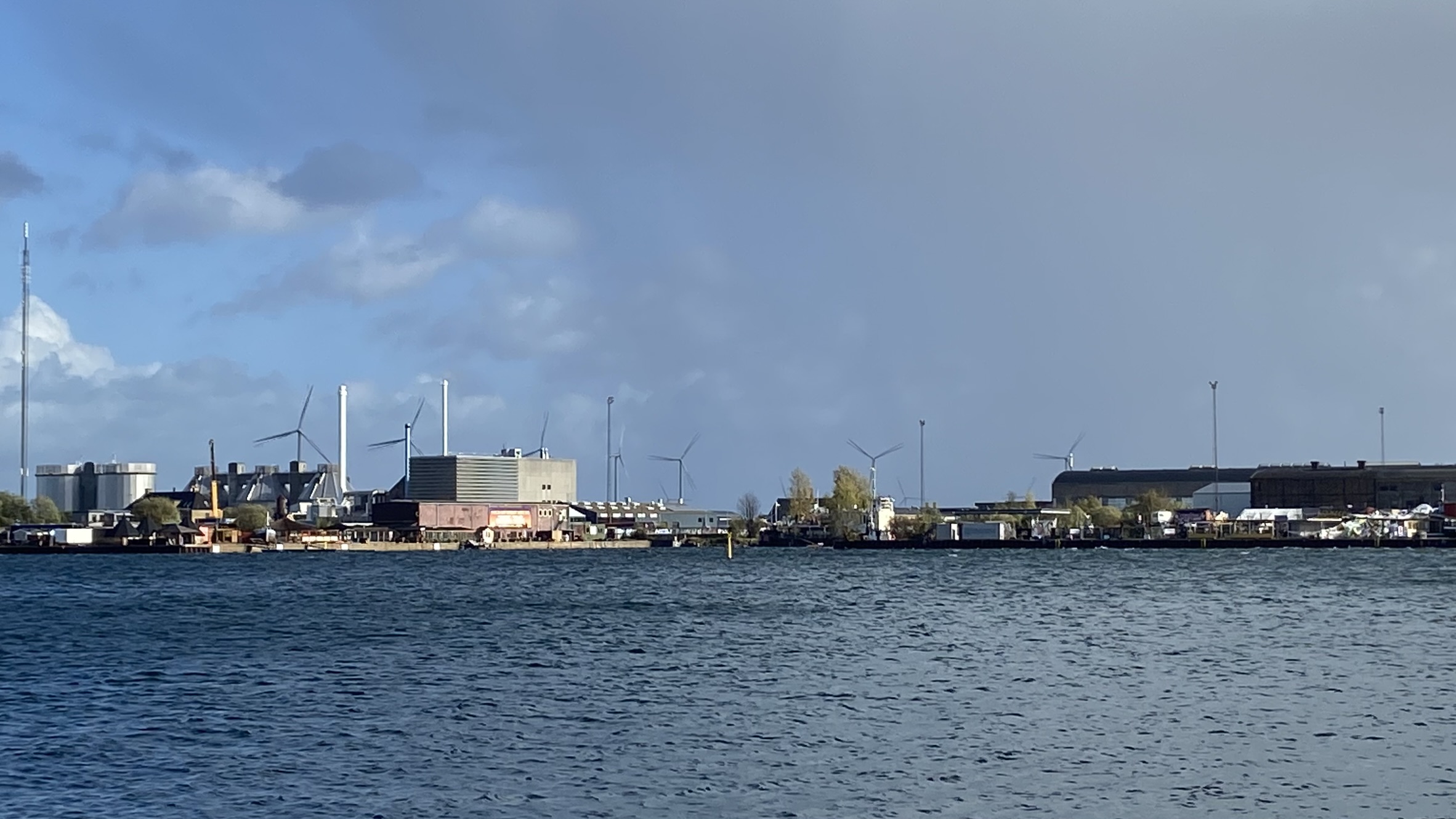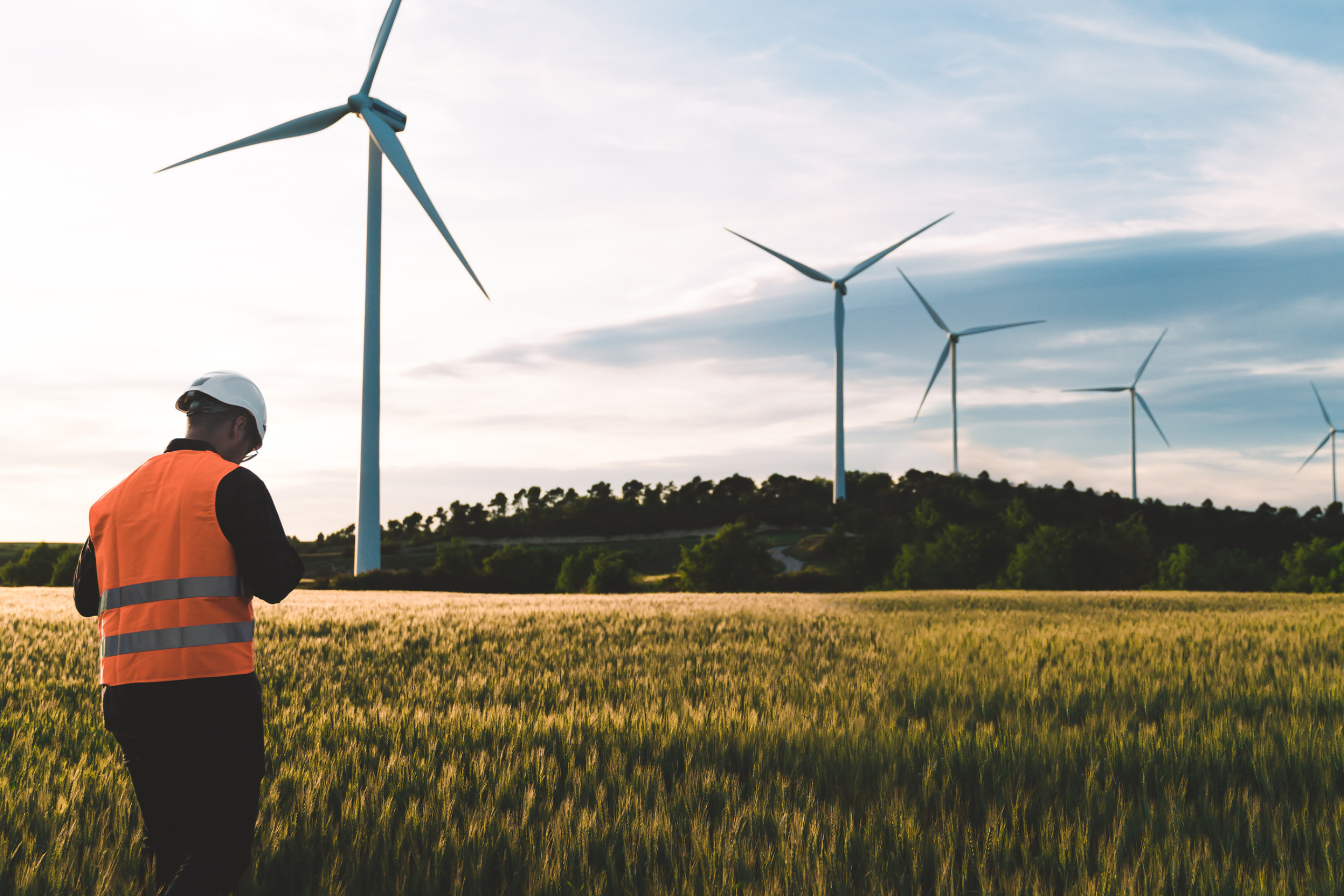A new consensus is being built by the global north and major development and finance institutions on what climate finance is and how it should be delivered. There has been a careful path laid out to push this approach that extends to the UN climate talks this December, where decisions are likely to further this aggressive agenda.
In a Changed World, Old Ways Are Under Scrutiny
The international community and development organizations currently find themselves in a dilemma. The pandemic crushed global south economies and other events, such as the conflict in Ukraine, impacted food and energy prices, causing them to sink deeper into debt crisis. Though Official Development Assistance from major donor countries was reported to have increased over the last year, in real terms this is not reaching countries in the global south that need it the most. The knock on impact of this has been a reversal in whatever semblance of human development progress has been made to date. At the Sustainable Development Goals (SDG) Summit this September the UN Secretary General called for a “global rescue plan” for the SDGs.
At the same time, climate impacts and costs mount, with little headway towards addressing huge climate financing gaps. Global north countries have shown little appetite to provide financing in line with their historical responsibility. Discussions on this issue have been fraught in negotiations under the UN Framework Convention on Climate Change (UNFCCC). While estimates for climate financing needs are pegged at $6 trillion by 2030, even the inadequate commitment to deliver $100 billion of climate finance annually since 2020 has never been met and developed country support towards this goal is often overstated. Furthermore, much of the reported finance towards the goal has been provided as loans.
This December in Dubai, during the UNFCCC’s 28th Conference of the Parties (COP28), there will be a number of important finance conversations. Negotiations will advance on the New Collective Quantified Goal (NCQG) on climate finance, a process that will culminate in 2024 and is likely to reveal exactly how much and what kind of finance is really likely to be available for developing countries going forwards. An official decision on operationalizing the Loss and Damage Fund, meant to support countries for costs beyond adaptation and mitigation, will also be made this year. Additionally, adopting a framework on the Global Goal on Adaptation (GGA) will be a major priority in Dubai. Discussions over 2023 in the lead up to this have been difficult, with getting agreement on the financial structures of the framework and securing developed country funding commitments being a major sticking point.
However, in order to understand where these discussions are heading requires stepping back to see the bigger picture.
The Make-Over of International Finance Institutions in the Face of Polycrises
At COP27 – the climate negotiations held in November 2022 – it was agreed that multilateral development bank (MDB) reforms were needed in order to align with climate financing needs. Barbados’ call for reforms to the debt architecture, based on proposals they outlined in the Bridgetown Initiative, was highly influential towards this. However, what has unfolded over the months following COP27 has been a race (arguably to the bottom) of consensus and narrative building on the future of climate financing that has pushed this conversation in a very specific direction.
The failures to deliver on development goals and climate finance have caused global north countries to scramble for new ways to demonstrate that these problems are being addressed. Increasingly they are looking to International Financial Institutions (IFI)s, particularly the Bretton Woods Institutions (BWIs) of the World Bank and the International Monetary Fund (IMF) to turn attention away from their public purses. The domestic political discourse in many global north countries is not particularly favorable towards increasing public expenditure on overseas development and climate spending, with politicians focused on their own domestic issues. The idea that somehow existing public finance can be made to go further by attracting private investment is extremely attractive. This is the context in which there has been a scramble to refurbish key IFIs in order to present them as the way forward.
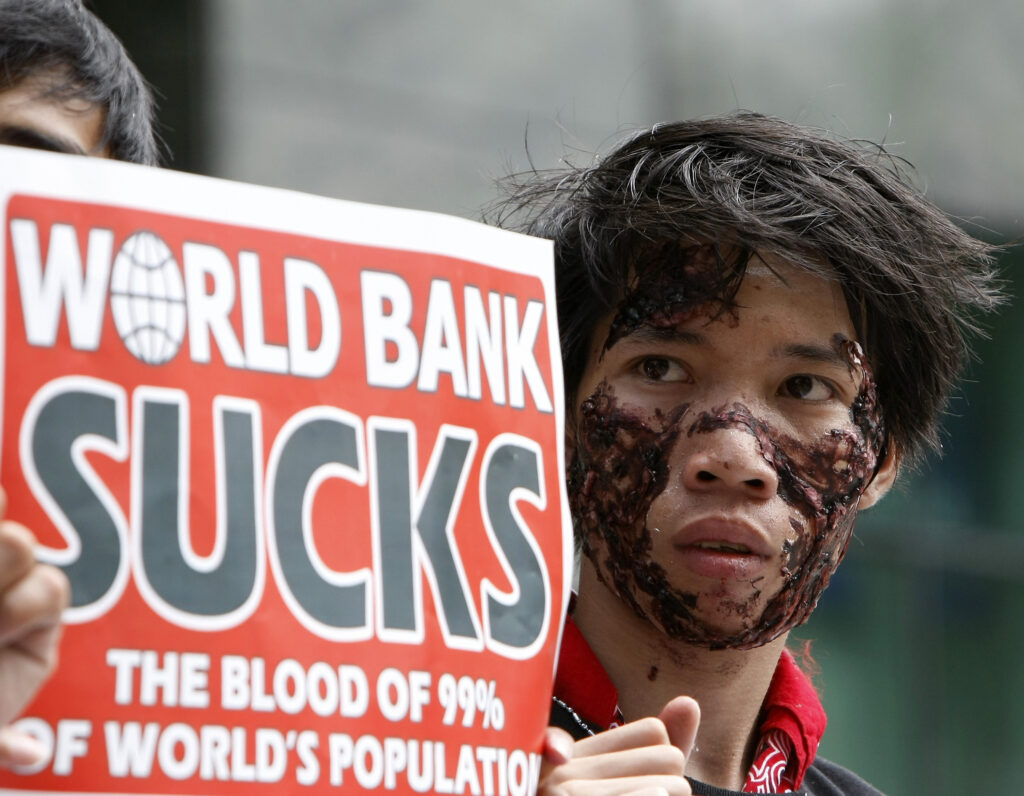
The World Bank is on a mission to center itself in these discussions. The G7 demanded that the institution update itself to make it ‘fit for purpose’ in the face of various unfolding crises, including climate change. Late last year the World Bank’s Evolution Roadmap was initiated as an effort to lay out areas for the organization’s reform in repose to this call. The new president of the World Bank, Ajay Banga, subsequently announced an updated vision upon taking office earlier this year “to create a world free from poverty on a livable planet” – putting the issue of environmental sustainability more centrally on their agenda than ever before. Despite its shady environmental track record and proclivity towards financing fossil fuel projects, integrating climate into the World Bank’s work is now touted as a central goal. The IMF for its part launched the Resilience and Sustainability Facility (RSF) in 2022 as its new climate centerpiece. This is a concessional loan fund targeting low and middle income countries on the condition that they demonstrate policy reforms to avoid impacts of climate events or pandemics.
Their Answer: Minimal Changes to Debt Terms, Very Limited Concessional Financing, and Reliance on the Private Sector and Carbon Pricing
So what kind of specific changes are the major IFIs making in response to the gauntlet thrown down at COP27 calling for their alignment with climate finance needs? Civil society voices have been raising the alarm that global debt acts as a huge barrier to unlocking climate finance. In concert with many global south countries, they make the case that unsustainable debt should be canceled and there should be deep reforms to debt systems to prevent more debt accumulating in the future.
However, at both the Spring Meetings of the BWIs and their October annual meetings held in Morocco this year, there was little interest in debt cancellation from the management and major global north shareholders. With regards to the IMF’s major climate funding tool – the Resilience and Sustainability Facility – though presented as a key contribution to climate finance, it is still debt creating and early experiences with the facility have shown a major bias towards directing its finances towards public-private partnerships.
There is, however, an aggressive focus on using the World Bank and IMF funds to leverage more private sector money through de-risking private investments using public finance, an approach that has been heavily critiqued by civil society. This approach represents a re-heated presentation of the “billions to trillions” approach, which was heralded as a way to use public finance to unlock many orders of magnitude more private finance for development back in 2015. However, this has already been shown to have failed in having the intended impact and there is little critical discussion of how the strategy will be different this time round.
Just a few months after the Spring Meetings, President Macron of France hosted the Summit on the New Global Financing Pact (Paris Summit), a meeting that was initially announced on the sidelines of COP27, somewhat eclipsing the Bridgetown Initiative. The official outcomes of this were lackluster but telling of the direction that the financial “reform” agenda is being steered. On the issue of debt, the Paris Summit’s report carefully avoided discussion of debt cancellation. Instead, there was a focus on “alleviating” debt through reforms, such as agreeing to a suspension of payments during disasters or pandemics and restructuring or through debt for climate or nature swaps. Debt swaps are of particular concern as, though appealing on the surface, they have been shown to be very limited in scope, scale and impact.
Rather than being new, these proposals reinforce the debt agenda developed under the G20 under its 2020 Common Framework, namely to sidestep debt cancellation, support the interests of creditors over struggling indebted countries, and ignore calls to fully restructure global debt regimes. The approach of the G20 would allow debt suspension for some, but wouldn’t allow countries to avoid repayment. Furthermore, it does not even touch debts from private creditors which are increasingly making up a large share of sovereign debt in the global south, and often with worse conditionalities and terms. In Paris there was a focus on ensuring that “debt is used as a viable tool” with the only concessions being climate or catastrophe debt clauses, that pause repayment in the case of disasters, and providing concessional or low-cost finance for “least developed and most vulnerable countries”. The latter highlights the strategy of fencing middle-income countries off from some of these tools and limiting the reach of concessional resources as much as possible, a tactic that is being echoed in the loss and damage fund negotiations.
One other major critique of IFIs is the lack of democratic governance underpinning these institutions. Global north countries disproportionately call the shots on the decisions of some of the most powerful IFIs, given the leadership and shareholder composition of the World Bank and IMF. This issue was raised at the Paris Summit by Kenyan President, William Ruto, who called out the historical responsibility of global north countries. Ruto spoke strongly for stepping away from the undemocratic mandate of the IFIs towards creating a new lending facility, funded by financial taxes levied in proportion to the economic strength of countries, with all member countries having an equal say in governance and financing decisions. These proposals have largely been met by silence from global north politicians.
Another major plank of the proposed strategy to address climate finance coming out of the IFIs is carbon pricing. This is not a new idea and has been pushed in UN climate talks since 2014. By setting what is effectively a levy on emissions, the carbon price is assumed to disincentivize high-carbon economic activities, spur green investment and generate funds for climate action. This has been presented by the IMF as a silver bullet to address mitigation, but based on flawed assumptions and overly optimistic projections. Additionally, there is concern that carbon pricing methods, such as fuel taxes, are effectively regressive taxes, passing the burden on to the poor, and there is concern that companies will just pass the cost of the carbon price on to consumers. Furthermore, it will negatively impact debt distressed countries that are currently dependent on fossil fuel exploitation to raise revenue for debt payment. Much like the “billions to trillions” agenda, developing countries are being asked to believe in market magic which may or may not have the intended impact.
How Will This Agenda Manifest in COP28?
One of the most obvious places in which the agenda is playing out for an increased climate-role for the World Bank is the new Loss and Damage Fund. Proposals for the operationalization of the Fund, developed via negotiations that have been held over the last year in the run up to COP28, will likely be adopted in Dubai this December. During these discussions, the US and developed country negotiators pushed strongly for the Fund to be hosted by the World Bank. A number of developing countries and civil society groups found this proposition highly problematic and originally wanted the Fund to be a standalone entity. Global south representatives finally agreed to the World Bank as a compromise, with some hard-negotiated conditions, and it was agreed that this arrangement would only be approved on an interim, 4-year basis. Earlier this year at the UNFCCC mid-year negotiations in Bonn, countries failed to agree upon a host for an associated body, the Santiago Network for Loss and Damage. One of the two contenders for the position, a decision on which has been deferred, is a regional multilateral development bank, the Caribbean Development Bank.
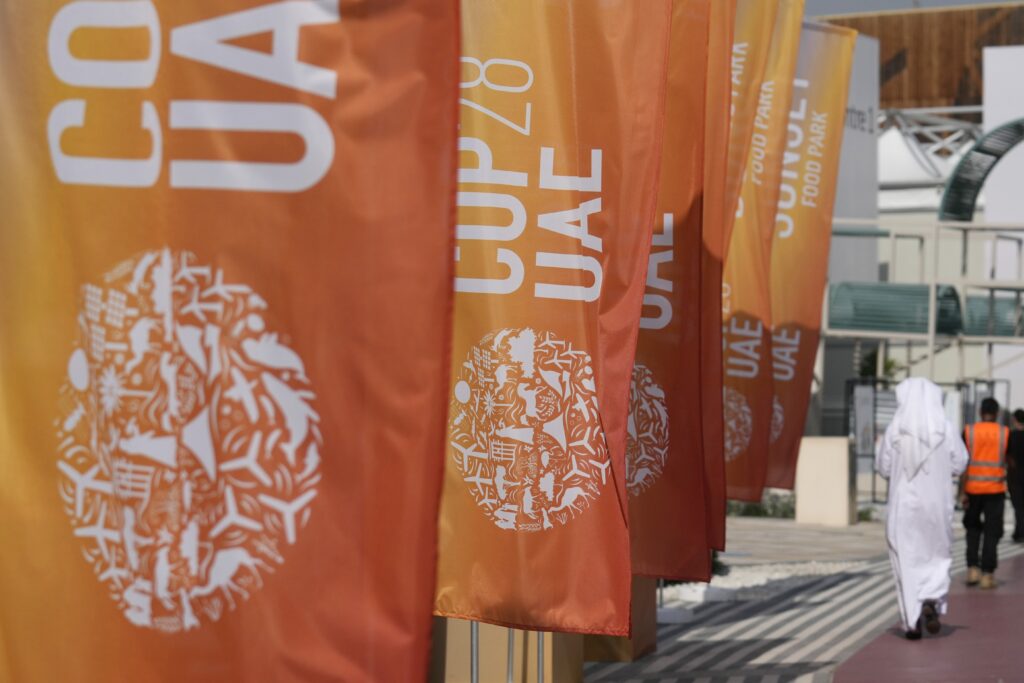
The New Collective Quantified Goal on climate finance (NCQG) will be another terrain of struggle on these issues. A number of civil society groups have raised the alarm that the issue of debt has to be central to NCQG discussions on climate finance. At the most recent expert dialogue on the NCQG debt was brought up as an issue to consider but, while statements were made on the need to address debt in the context of climate finance, there was no clear position reached on the issue. It was noted that current tracking systems don’t properly measure the level of indebtedness of a country in the climate context. Developing countries will likely persist in hammering the need for increased grant-based and concessional funding in these discussions and elsewhere, but the most difficult negotiations on the NCQG have yet to take place.
Real Solutions: Democratically Governed Climate Funds and Scaled Up Grant Finance Based on Historical Responsibility
The current agenda is being pushed forward in a clear attempt to avoid the more solid approach of raising public revenue and leveraging the resources of rich countries in proportion to their historic responsibility for the climate crisis. The call from developing countries and civil society continues to be for climate finance that is new, additional and non debt-creating, and for the bulk of climate finance to be delivered by grant-based, democratically governed and accountable climate funds.
However, the balance of forces and sheer weight of momentum created by the global north to accelerate the debt and private sector logic of the IFIs will likely endure. How this influences NCQG discussions will be key to watch over 2024. But there is no doubt that the push back by civil society and many global south governments against the unproven market-centric agenda of the IFIs and their global north advocates will continue in COP28 and beyond.
Top photo: AP Photo/Peter Dejong
